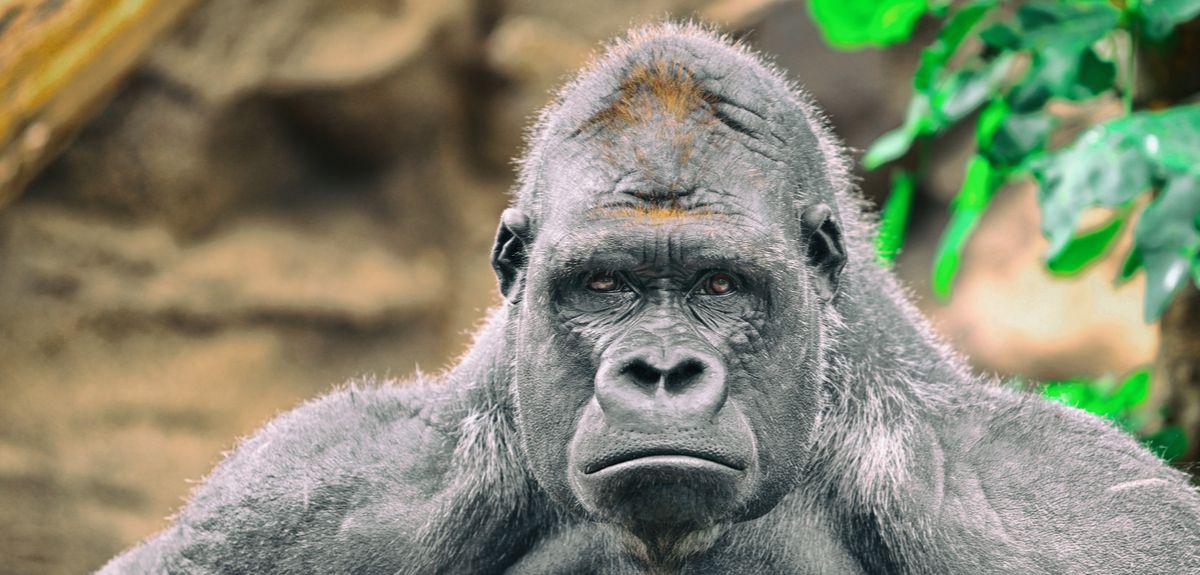
You cannot live forever: Ageing is unstoppable
We probably cannot slow the rate at which we get older, because of biological constraints, an unprecedented study of lifespan statistics in human and non-human primates has confirmed.
The study set out to test the ‘invariant rate of ageing’ hypothesis, which says that a species has a relatively fixed rate of ageing from adulthood. An international collaboration of scientists from 14 different countries, including José Manuel Aburto from Oxford’s Leverhulme Centre for Demographic Science, analysed age-specific birth and death data spanning centuries and continents.
Led by Fernando Colchero, University of Southern Denmark and Susan Alberts, Duke University, North Carolina, the study was a huge endeavour requiring monitoring wild populations of primates over several decades.
Our findings support the theory that, rather than slowing down death, more people are living much longer due to a reduction in mortality at younger ages...This suggests that biological, rather than environmental factors, ultimately control longevity...a steep rise in death rates, as years advance into old age, is clear to see in all species
José Manuel Aburto
José Manuel Aburto says, ‘Our findings support the theory that, rather than slowing down death, more people are living much longer due to a reduction in mortality at younger ages. We compared birth and death data from humans and non-human primates and found this general pattern of mortality was the same in all of them. This suggests that biological, rather than environmental factors, ultimately control longevity.
‘The statistics confirmed, individuals live longer as health and living conditions improve which leads to increasing longevity across an entire population. Nevertheless, a steep rise in death rates, as years advance into old age, is clear to see in all species.’
He continues, ‘The debate over how long we can live has divided the academic community for decades. Some scholars argue human lifespan has no limit, while others say the opposite. But what has been missing is research comparing lifespans of multiple animal populations with humans, to work out what is driving mortality. Our study plugs that gap. This extraordinarily diverse collection of data enabled us to compare mortality differences both within and between species.’
The team analysed data from primates, since they are our closest genetic relatives, and therefore most likely to shed light on our biology. The research team analysed information from 30 primate species, 17 in the wild and 13 in zoos, including gorillas, baboons, chimpanzees and guenons. And it examined birth and death records from nine diverse human populations in 17th to 20th century Europe, the Caribbean and Ukraine, and two hunter gatherer groups between 1900 and 2000.
The research team analysed information from 30 primate species...including gorillas, baboons, chimpanzees and guenons. And it examined records from diverse human populations
All the datasets examined by the team revealed the same general pattern of mortality: A high risk of death in infancy which rapidly declines in the immature and teenage years, remains low until early adulthood, and then continually rises in advancing age.
José Manuel Aburto says, ‘Our findings confirm that, in historical populations, life expectancy was low because many people died young. But as medical, social, and environmental improvements continued, life expectancy increased. More and more people get to live much longer now. However, the trajectory towards death in old age has not changed. This study suggests evolutionally biology trumps everything and, so far, medical advances have been unable to beat these biological constraints.’
The team hopes its findings will lead to greater understanding of the ecology and evolution of a wide range of animal species worldwide, and their conservation.
 New analysis of archaeological data reveals how agriculture and governance have shaped wealth inequality
New analysis of archaeological data reveals how agriculture and governance have shaped wealth inequality
 Cambridge victorious in Women's and Men's Boat Races 2025
Cambridge victorious in Women's and Men's Boat Races 2025
 Expert Comment: Ethical and legal challenges of uterus transplants in Mexico
Expert Comment: Ethical and legal challenges of uterus transplants in Mexico